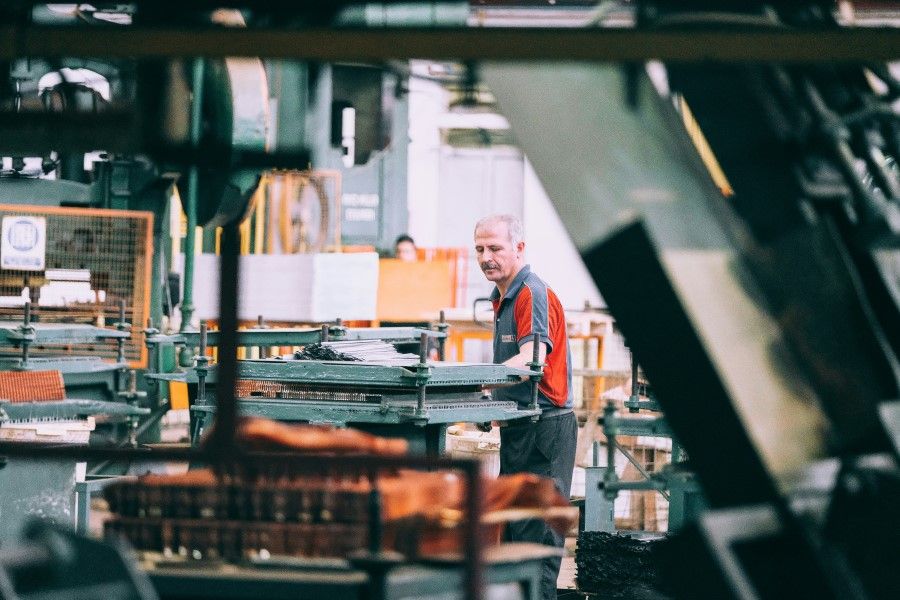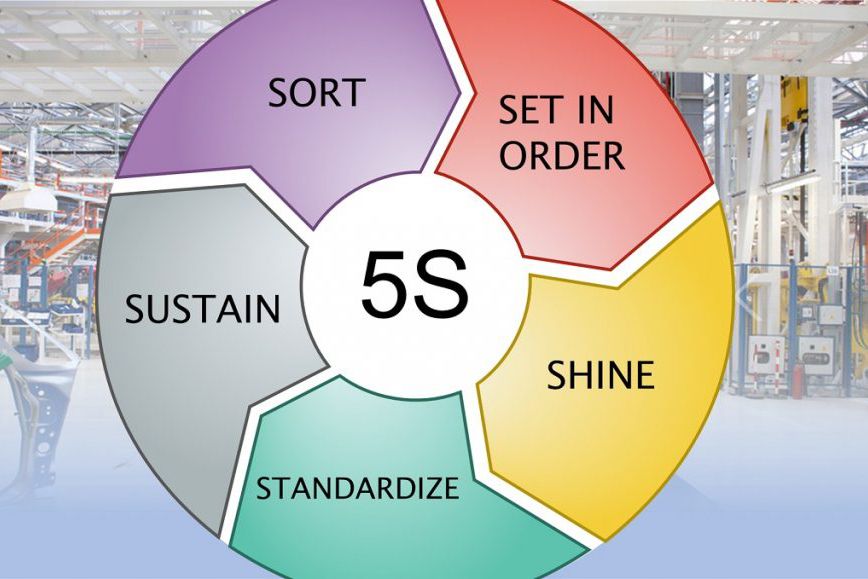Lean Tools - How To Use the 5S Rules in Your Workplace


If you’ve been following our blog, you know all about the Lean manufacturing philosophy; what it is, why it’s useful, and even how to begin implementing it in a variety of work environments. Now it’s time to deep dive into some of Lean’s most useful tools and concepts. Each of our blogs this month will cover one or two of these tools in depth. First up - 5S!
In a previous blog, we talked about how value stream mapping was a useful tool to begin your Lean process. It’s basically all the analysis and planning your team does before taking action. The 5S rules are a great follow-up tool to mobilize your strategies. The original Toyota 5S categories in Japanese are: Seiri, Seiton, Seiso, Seiketsu, and Shitsuke. These Japanese words roughly translate to: Organize, Orderliness, Cleanliness, Standardize, and Discipline. However, for clarity and keeping the “S” theme, these words were changed to:
- Sort
- Set in Order
- Shine
- Standardize
- Sustain
Sort
The first step in the 5S journey is to sort which materials, tools, and instructions are necessary, and which ones are cluttering up the given workspace. When doing this, it’s important to consult the people who actually use each workspace. This will not only ensure the best sorting, but will also include and encourage each person to take ownership of their area and keep it clutter-free. Some questions to ask when you’re sorting materials are: Who uses this? How often do they use it? What do they use it for? Does it really need to be here? For all items that don’t pass the test, store them away, sell them, recycle them, or move them to a more appropriate department. For all the items that do, keep them out for the next step. (For more tips, see our blog article about cleaning your desk!)
Set in Order
Your team has determined which items are the most important and necessary for work. Now it’s time to pick a place for each item to go. Have the department talk through their day, how they move, and what they use. This will help visualize where materials go so that they are accessible to all who need them. For instance, it might be convenient for Employee A to have an item near them, but it might not be convenient for Employee B who is across the room. So find spaces that work for everyone. Ask if items can be grouped by type, frequency of use, and if storage bins would be helpful to organize things.
Shine
Though the Japanese translation is “cleanliness,” the english “S” is a little more abstract sounding. Shine simply means to make sure the workspace is cleaned, mopped, dusted, wiped, swept, or whatever other cleaning method is required. It’s not the most fun step, but it yet again enforces the idea of taking ownership of one’s own space. Cleaning shouldn’t just be left to the janitorial staff, but made a part of the employee’s day. In addition to regular cleaning, regular maintenance on any machinery is included in this step. By scheduling regular maintenance, businesses can prevent breakdowns and disasters down the road.
Standardize
We’re all guilty of it - we clean up our desk, car, or bedroom just to have it looking like a mess in a week. So while completing the first 3 steps is great, your company needs to keep them up! Schedule regular times for everyone to clean, even just for 15 minutes. Assign roles and responsibilities to keep everyone accountable. Post instructions and charts to keep everyone on the same page. There should be no question of what needs to be done, when, and by whom.
Sustain
By completing the previous four steps, your company has set strong foundations in place. This long-term project will need to be monitored and updated as necessary. Not only that, but it should involve absolutely everyone at the company. Over time, 5S should even become part of your company culture! By sustaining the rules and values put in place, your company will become more efficient, effective, and safe - a win for you, your employees, and your customers!
Sources
American Society for Quality - What Are the 5S's (5S) of Lean?
By Aubrey Dion
Aubrey Dion is proud to be back working for the family business she grew up in. Over the years, she has performed a wide variety of jobs in both the office and factory, becoming a true "jack of all trades." Aubrey credits her quick learning ability to her strong theatre background, where memorization and attention to detail are vital. Working in the marketing department allows her to stay creative and work on exciting new projects for the company.